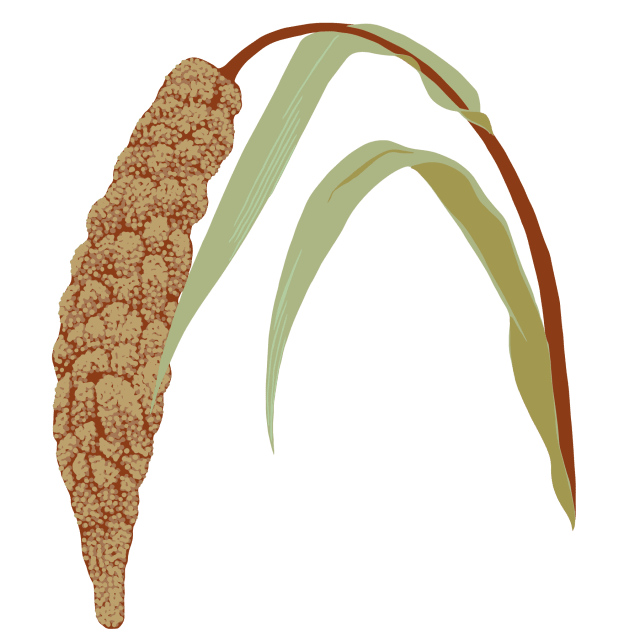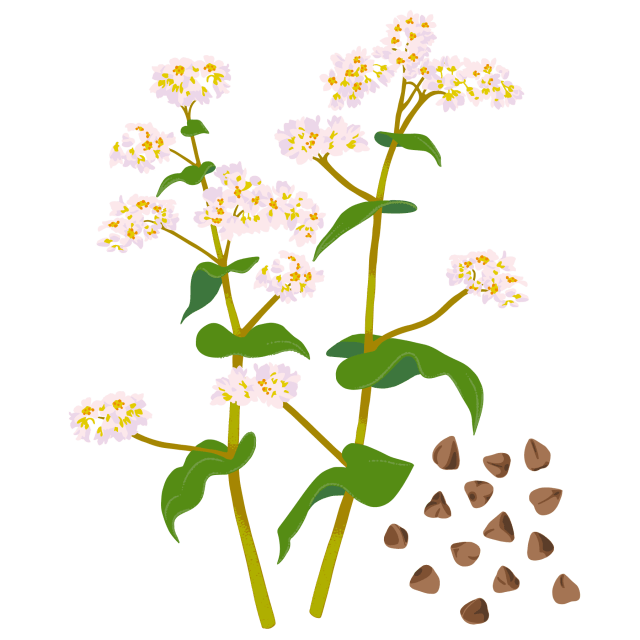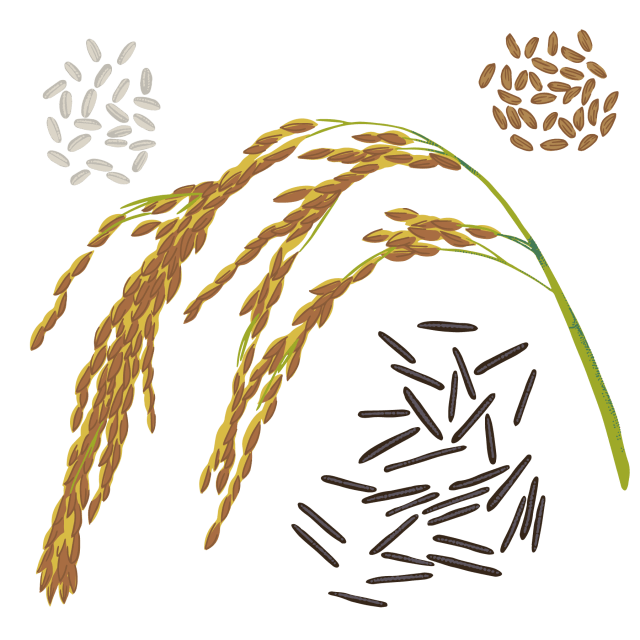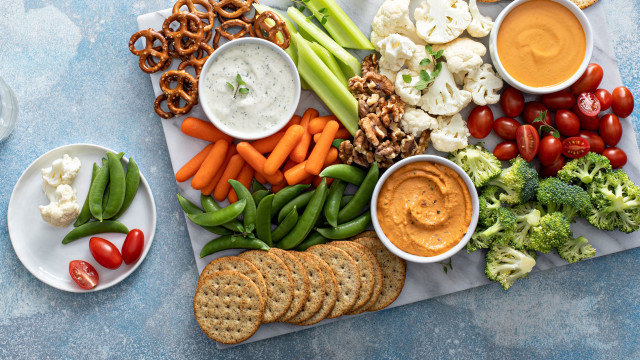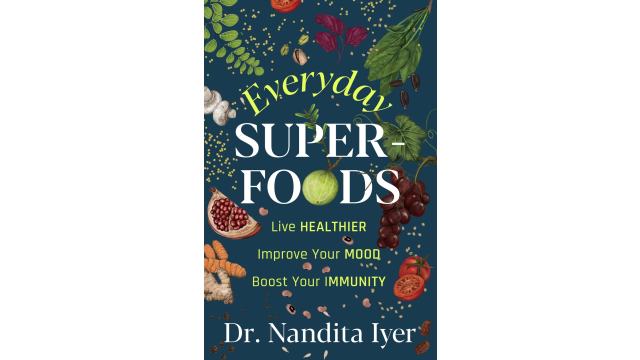Quinoa
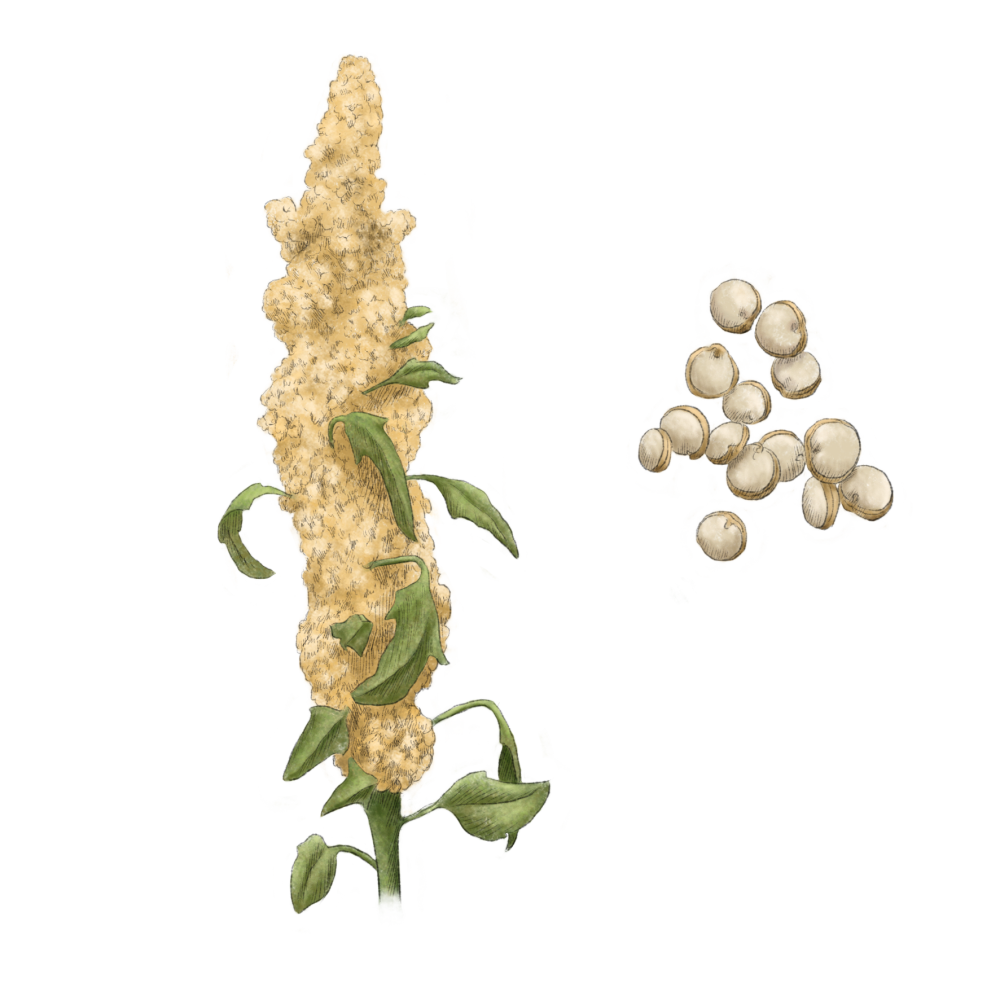
Latin name: Chenopodium quinoa
Uses: grain
What is quinoa?
Though quinoa is treated like a grain, it’s not a grass at all — it’s actually a pseudocereal related to spinach and amaranth. As such, quinoa contains high amounts of oxalic acid — the crystalline substance giving raw spinach that minerally feeling on your teeth, and which can cause kidney stones if you eat a ton of it. Fortunately, cooking dramatically reduces oxalic acid, so your quinoa pilaf won’t cause issues.
Why is quinoa healthy?
Quinoa is gluten-free and contains all nine essential amino acids, making it one of the few complete plant-based proteins. It is also high in fiber, B vitamins, iron, zinc, and potassium. Research suggests adding quinoa to the diet supports weight loss and may improve gut, bone, and heart health.
What does quinoa taste like?
Quinoa doesn’t have much flavor of its own, but does take on a nuttiness when toasted before cooking. Its subtle grainy chewiness makes it a fine gluten-free sub for bulghur wheat when used in more textural salads, like tabouleh.
How do I use quinoa?
Quinoa should be rinsed in a fine-mesh sieve before cooking to wash off any residual saponins, naturally occurring compounds giving quinoa a bitterness and that can cause stomachaches. If you buy pre-rinsed quinoa, you can skip straight to making it taste good. Toast it in a little oil before simmering; you can also use toasted quinoa as a crispy, nutty sprinkle or in furikake.
When cooking in liquid, your best bet for a fluffy/non-mushy texture is to use the ratio of 1:1.75 or 1 cup quinoa to 1 3/4 cups liquid. Season the cooking liquid; broth is best for savory dishes. Top it with any vegetables, herbs, or cheese you like, or add honey, nuts, and dried fruits for a sweet breakfast.
What does quinoa pair well with?
Quinoa can be used the same way as rice or other grains in any number of fluffy pilafs and salads, but look to Peru for truly inspired uses. Quinoa atamalada (or “tamale-style” quinoa) is a flavorful stew spiked with ají amarillo chile paste and garlic. Because the quinoa is cooked in twice the amount of liquid, it takes on a creamy, tamal-like consistency and you can top it with your favorite tamale fillings, like green chiles and crumbled queso blanco.
Where does quinoa grow?
The crop is native to and still mostly grown in Peru and Bolivia, but thanks to hype-driven demand dozens of countries now produce the crop. Quinoa is an unfussy plant that grows well at the more extreme climates of higher altitudes.
How to buy quinoa:
Like all grains, quinoa should smell fresh and slightly nutty, not stale or musty. Store it in a jar away from light and heat.
Surprising quinoa fact:
Quinoa’s surge in popularity outside the Andes has had wide-ranging effects on the diets and economies of Andeans for whom quinoa has been a staple food for millennia. For some Andean farmers, the crop became too valuable to keep for their own family consumption.
